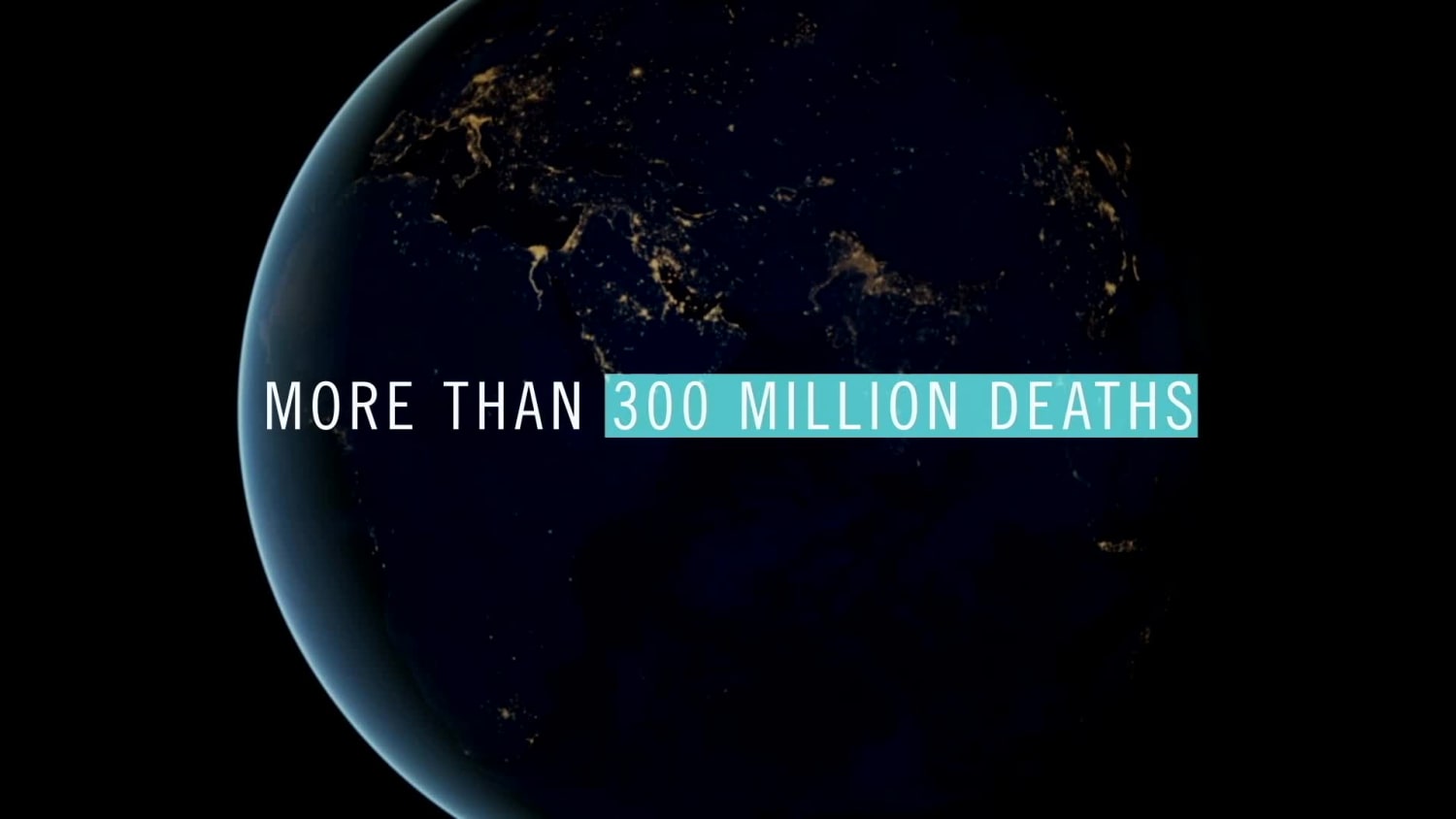VML Health and our Creative Data Group collaborated on an innovative Smallpox Simulator for Meridian, maker of smallpox medication, to help governments plan for future infectious disease outbreaks. A key learning from COVID-19 is that preparedness is critical to containment, and our tool maps out how potential outbreaks might occur throughout the world. “Conveying the threat through data visualization that shows your country going from blue to red as everyone becomes infected is inherently powerful,” said Jason Carmel, Global Lead, Creative Data, VML.
Smallpox Simulator
A tool created for Meridian that maps how potential outbreaks might occur throughout the world
Müşteri
- Meridian Medical Technologies
Ofis
- United States

Jason Carmel
Global Lead, Creative Data, VML
Eradicated in 1980, smallpox has re-emerged as a modern threat. Highly contagious, it has a mortality rate of 30%. Intelligence communities have warned of smallpox being leveraged as a bioweapon.
Most countries have vaccine stockpiles as their main mitigation, but between logistical complications and a limited window in which infected people can be vaccinated, their main countermeasure may not be enough to contain an outbreak.
Our objective was to drive understanding of the modern threat of smallpox and its impact to educate ministries of health and defense on the need to invest in a more comprehensive response plan, as vaccines alone may not be enough to contain the virus.
Government officials across ministries of public health and defense may not think of smallpox as a current threat compared to other more looming present threats. And even if they did, they feel prepared due to their vaccine stockpiles.
How do you illustrate the potential threat of a weaponized strain of a disease that has been eradicated for 40 years? We brought the data to life through the Smallpox Simulator: a digital tool that leverages epidemiological literature on previous smallpox outbreaks, scientific literature on modeling the spread, casualties of infectious diseases and data visualization technology to animate a smallpox outbreak in various countries.
We started with a 2001 CDC mathematical model to show the effect of mitigations on a smallpox outbreak. We then incorporated other data sources to contextualize the outputs and make them relevant.
The Smallpox Simulator accomplished two main objectives: It showed officials what could happen in their home country, and it revealed that vaccines alone might not be enough to contain the early spread of disease.
We needed a data strategy to prepare governments for the potential of a man-made smallpox outbreak in a way that was both credible and viscerally compelling.
To be credible, we modernized a 20-year-old CDC research paper into a contemporary Python data model to predict the deadly impact that releasing the disease would have in today’s environment. This required incorporating new elements and issues commonplace in a post-pandemic world, like social distancing, into the original model, which never envisioned COVID-19.
To be compelling, we animated a smallpox outbreak over 120 days across nine countries using a GeoJSON-driven map interface. The data visualizations illustrate how quickly hospitals are overwhelmed, infections spread and deaths accumulate, eliminating any doubt about the dangers of smallpox
We chose 120 days to show the rapid impact that smallpox could have before vaccines could be fully deployed. Country-specific results showed officials how smallpox might spread across their nation.
The multi-tier visual representation helped remove barriers to understanding the challenge, demonstrating the full extent of the problem across numerous metrics and showcasing the need for a more comprehensive plan in the event of a weaponized smallpox release.
The Smallpox Simulator drove urgency in understanding the impact of smallpox in a way that prompted follow-up conversations about how to build and invest in a more robust response plan.
The Smallpox Simulator elevated Meridian’s brand perception at industry functions and provided an innovative yet intimate sales experience backed by data, technology and cohesive creativity. It helped facilitate and enhance conversations with decision-makers across nine countries who are responsible for the health and safety of almost 350 million people across Europe, Asia, and the Middle East.


